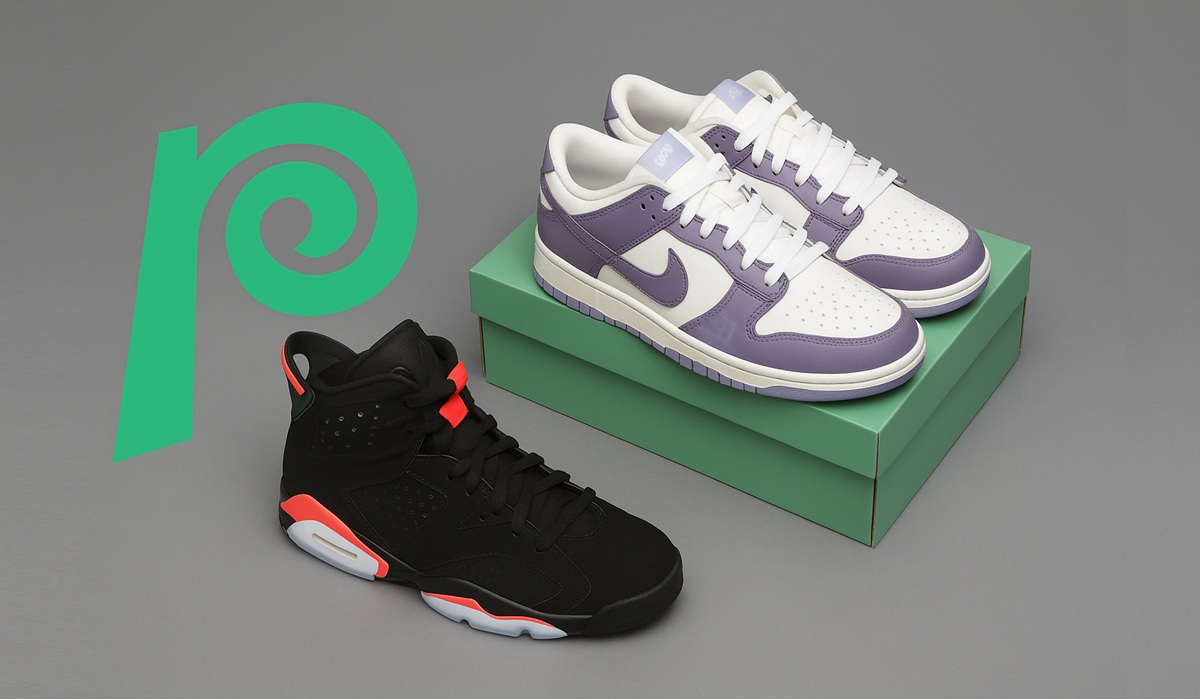The Billion-Dollar Shoe Business: Why Online Resellers and Direct-to-Consumer Markets Are Redefining the Industry
- TDS News
- Business
- Fashion
- Sponsored Post
- Trending News
- September 29, 2025

The shoe business has always been massive—worth billions globally—but what’s most fascinating today is not just its size, it’s the way the industry is changing. Once upon a time, shopping for shoes meant walking into a local store, browsing limited stock, and hoping the right size and style was still on the shelves before closing time. Today, that model is quickly fading. Thanks to the Internet, social media, and overseas direct-to-consumer access, people are no longer tied to traditional outlets. Instead, they’re exploring resellers, online vendors, and even direct manufacturer channels that slash costs and expand choice.
The experience of spending hours in a mall, trying on shoes, and settling for what’s available is giving way to a digital-first world. Now, shoppers scroll through curated catalogs on Instagram, discover niche brands on TikTok, or follow links to overseas sellers who offer trendy designs at half the price of retail. Platforms like Yupoo, for instance, have become a quiet but powerful force in this shift—connecting consumers directly to manufacturers, bypassing the markups of big-box retailers.
This has turned the shoe hunt into a far more convenient and personalized experience. Instead of being bound by geography or store hours, customers can explore endless collections 24/7, compare prices instantly, and have pairs delivered right to their door.
Alongside direct manufacturer access, resellers and independent online stores have carved out a growing space in the market. These businesses thrive on agility: they’re quick to pick up new trends, highlight unique or limited-edition drops, and provide service with a personal touch that giants like Nike or Adidas can’t replicate. Social media acts as their storefront, marketing tool, and customer service hub all in one.
Resellers like Hualinxieyexiaowu often bridge a critical gap between global supply and local demand, offering rare finds or discounted alternatives that larger retailers can’t match. For many consumers, this blend of affordability and exclusivity is irresistible.
One of the biggest reasons behind the explosion of online shoe shopping is cost. By cutting out middlemen—wholesalers, distributors, and retail landlords—shoes that once retailed for $200 can often be found online for a fraction of the price. Direct-to-consumer models empower buyers to get more for less, while giving smaller companies the chance to compete in a market once dominated by giants.
It also puts pressure on legacy brands. The prestige of a logo is no longer enough; today’s consumers want value, quality, and accessibility. The companies that adapt to this expectation are leading the charge, while those clinging to traditional retail risk fading into irrelevance.
This shift represents more than just convenience—it’s a cultural change. Shoppers are no longer satisfied with limited selections or inflated prices. They’re more informed, more connected, and more willing to look beyond established names to discover something new. The shoe industry, once defined by mall culture and brand dominance, is now shaped by digital communities, direct access, and a global marketplace.
In this new era, the motto is simple:
“The future of the billion-dollar shoe business lies in bringing quality and style directly to consumers at a fraction of the cost.” Said Ella of Hualinxieyexiaowu
That single line sums up the revolution. Shoes are no longer just a necessity—they’re a statement of individuality and global commerce, with the power firmly in the hands of the consumer.









